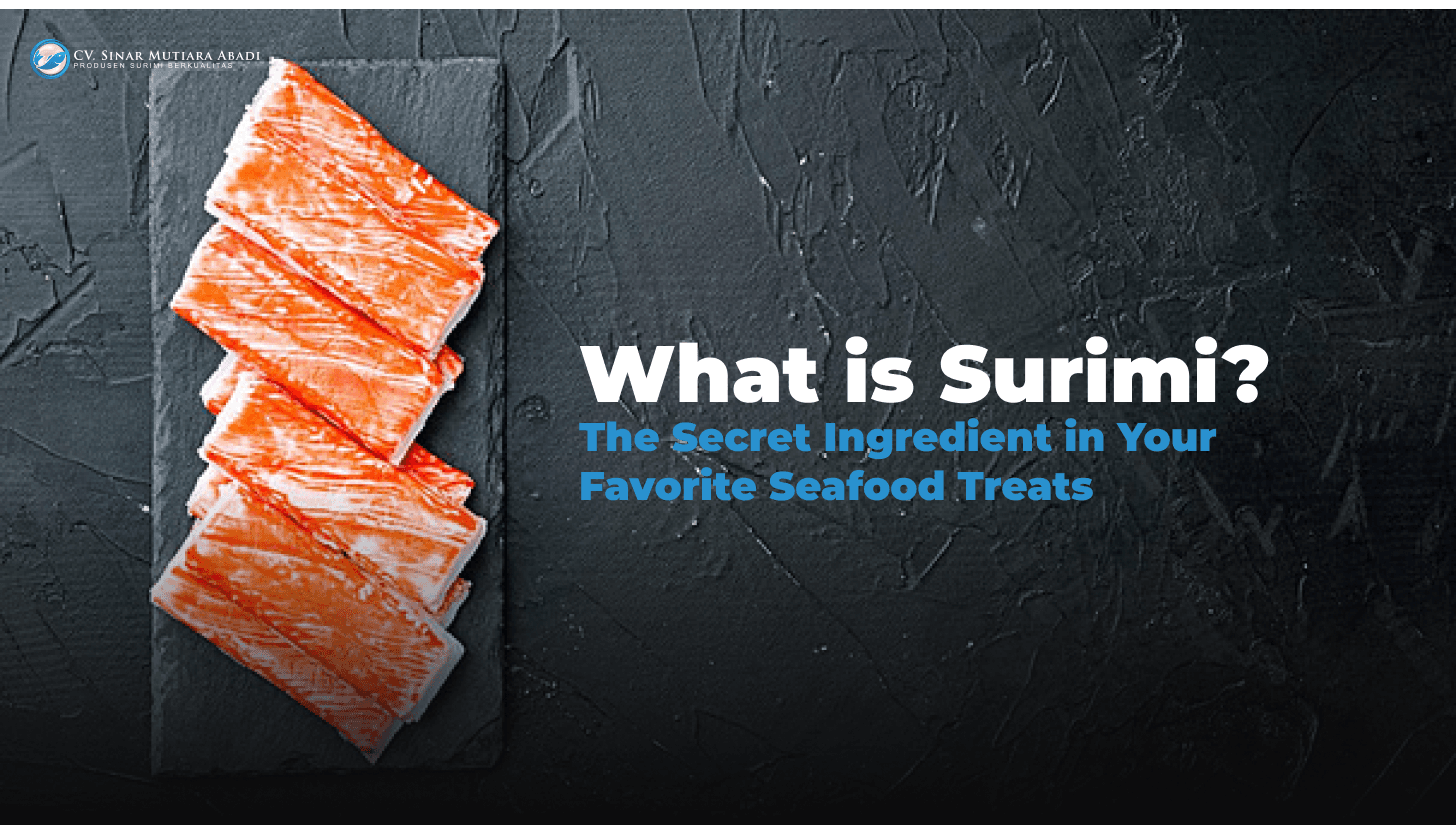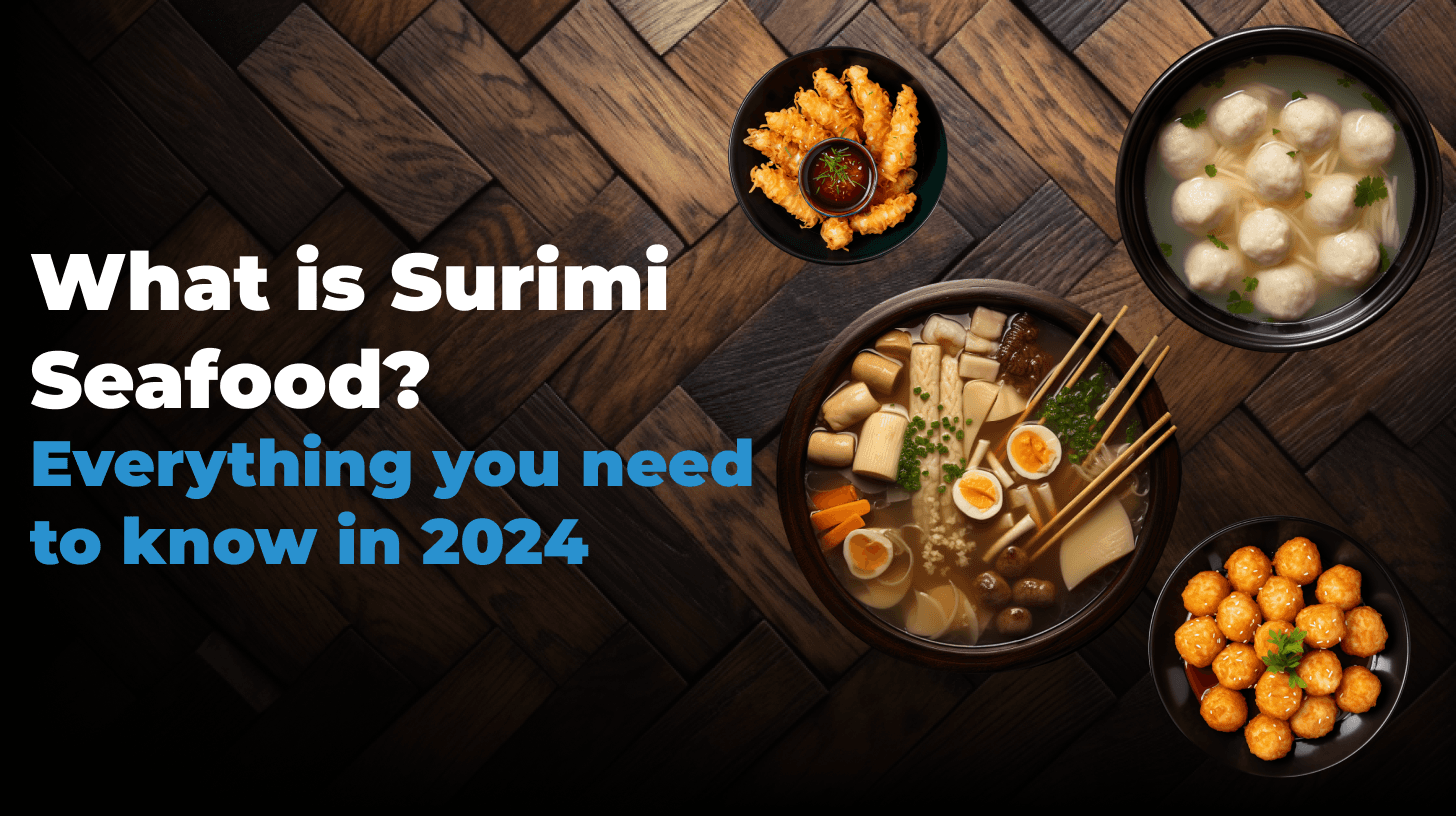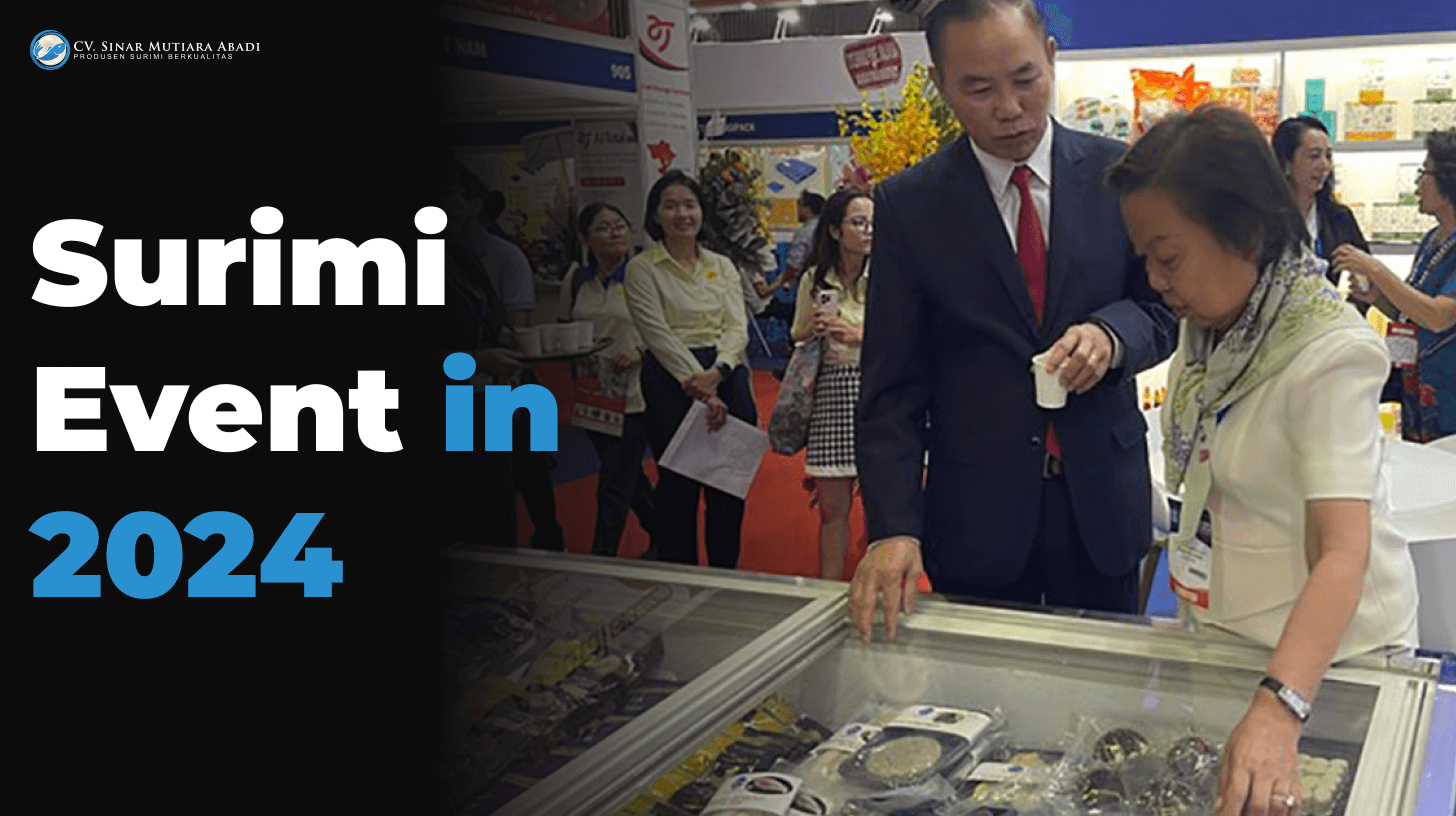Jan 22, 2024
What is Surimi?
Not familiar with what's been called Surimi? Though so, if you fancy sushi, there is a chance you have eaten it once. Surimi, the unassuming hero of many seafood treats, has stealthily found its way into an array of dishes, particularly those rooted in Asian culinary traditions.
The term "surimi" refers to the refined fish myofibrillar proteins that are produced by a range of processes. Surimi Seafood is the name given to processed surimi. Sushi lovers, rejoice! Surimi is the subtle force behind one of those delectable surimi seafoods, crab sticks, that adorn your favorite maki rolls. Beyond the confines of sushi bars, surimi manifests itself in an assortment of dishes, from the beloved fish balls in noodle soups to the crispy kekian in stir-fries. Its influence extends to diverse food cultures across Southeast Asia, where it seamlessly integrates into the vibrant tapestry of local cuisines.
Where did Surimi originate?
Originally from Japan, Surimi has traveled the world for generations. The versatility of this ingredient is shown by its appearance in many popular Japanese cuisines. Many dishes have been influenced by surimi, which has left its mark on dishes such as satsuma-age, kamaboko, chikuwa, hanpen, Naruto, and the iconic crab sticks.
Massive corporations based in China, South Korea, and Japan control the majority of the surimi seafood sold worldwide. Of the 2.5 million metric tons of surimi produced annually, 70% are under their control. Countries in Southeast Asia (Thailand, Malaysia, Indonesia, Vietnam, and Myanmar) and India, Pakistan, and China are all part of the tropical Surimi seafood industry. In India, Pakistan, and China, tropical Surimi is made with around 120 different species of fish. The main ingredients include big-eye snapper, goatfish, threadfin bream, and lizardfish.
What is Surimi made of?
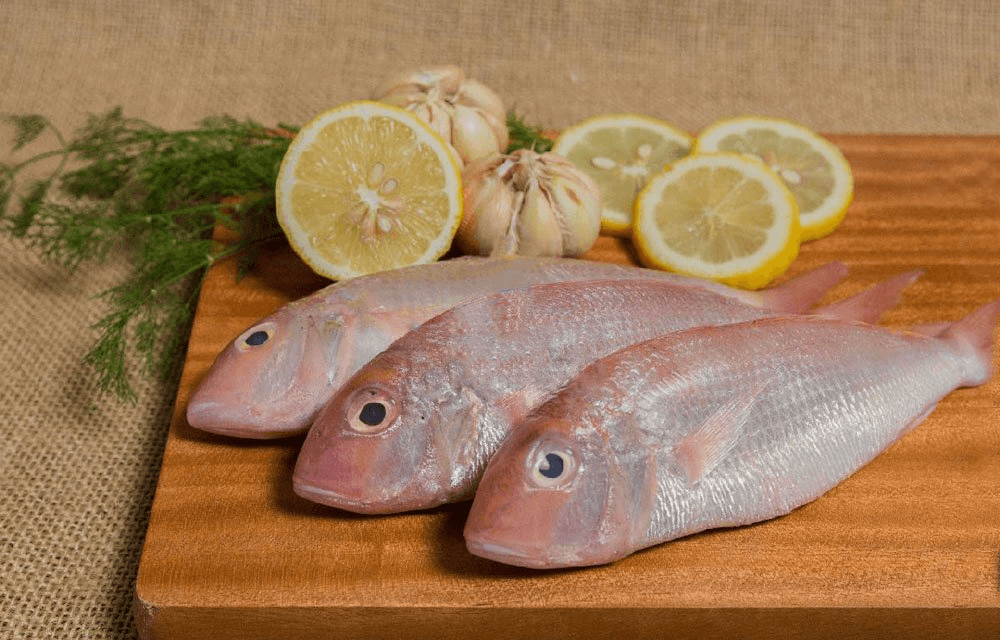
Fish protein is the main ingredient in surimi. The protein used is typically derived from mild-flavored, white-fleshed fish such as pollack, hake, or whiting. This fish myofibrillar protein undergoes a meticulous process, including harvesting, deboning, washing, and refining, resulting in a versatile paste that forms the basis for various surimi-based culinary delights.
Tropical surimi is most often made with threadfin breams. Though threadfin breams were originally a resource in southern Japan, they became increasingly important in the surimi market of Southeast Asia during the 1980s and 1990s. This species is preferred to Alaska pollock due to its resistance to temperature abuse, making it easy to process. The usage of threadfin breams also increased in China, India, and Pakistan during this time. Threadfin breams produce surimi of excellent quality and gel strength.
Cryoprotectants are important parts of surimi because they significantly increase its shelf life by maintaining the product's quality and structure while it's being frozen and stored. These ingredients stop ice crystals from forming, which can weaken the gel and change the texture of the surimi as a whole. Cryoprotectants are used by producers to make sure that the surimi stays firm and keeps its good qualities even after it's been frozen. Cryoprotectants used to store surimi include sucrose, sorbitol, polydextrose, lactitol, maltodextrin, litesse, sodium lactate, trehalose, and phosphates. These substances have been investigated the most.
Why do we use Surimi?
Surimi is the hidden hero of the world of food creation. It demonstrates how to be malleable, cost-effective, and bring a little magic into your kitchens. Let's look into the reasons:
Versatility

Due to its versatility, surimi is a popular component in a variety of recipes. In addition to sushi and soups, surimi's special characteristics fascinate chefs and amateur cooks wanting to experiment with flavor. It absorbs and amplifies a wide range of flavors. This makes surimi a versatile ingredient, enabling cooks to experiment with diverse flavors and bring uniqueness to their meals. Surimi fits many different dishes, showing its versatility and promoting culinary innovation. Surimi is a useful culinary weapon for both expert and inexperienced cooks, providing new culinary alternatives.
Affordability

Surimi's affordability attracts people as well as businesses. Its successful usage of fish myofibrillar proteins makes seafood-inspired foods more affordable without losing quality, making it a versatile and cost-effective choice for a variety of culinary applications.
Improved texture

Surimi seafood improves the texture and flavor of fish balls, kekian, and crabsticks. It enhances these dishes beyond taste by adding amazing flavors and textures. Surimi adds a unique, pleasing mouthfeel to foods while combining taste and texture. This culinary addition enriches the pleasure of eating as well as showing Surimi's versatility in creating delicious, both aesthetically and texturally appealing, meals.
Lasting freshness

It is also a long-lasting component because of its thorough production. Unlike other fresh seafood, surimi-infused meals retain their flavor, making them an excellent choice for both home cooks and businesses. Surimi seafood has a long-lasting freshness, making seafood-inspired recipes reliable as well as delightful.
Cultural preferences

As an example of its cultural richness, surimi is a flexible ingredient for both regional and global cuisines. One of the proofs of its adaptability is its popularity for crab sticks in both Asia and the West. The versatile flavor of surimi allows it to be enjoyed in a wide variety of cuisines. Many Asian and Western dishes feature surimi because of its versatile flavor.
Health boosts

Aside from that, eating surimi seafood is a great way to be healthy. The small amount of fat and calories in surimi makes it a guilt-free complement to diets that aim to shed or manage weight. Eating low-cholesterol, low-fat foods like Surimi seafood can help prevent heart disease and other chronic illnesses. Add surimi seafood to your diet for a delicious and nutritious boost.
Trends and innovations

As Surimi embraces many culinary traditions, a symphony of global flavors will emerge. The versatility of surimi isn't only a culinary trait; it inspires innovations in the food industry. It gives surimi noodles and pasta a whole new level of culinary pleasure. As part of their efforts to cash in on trendy new flavors, businesses are branching out from fish and crab to lobster and other high-end seafood. Surimi's versatility enables the food business to adapt to evolving tastes and create new standards for trying new foodstuffs.
Conclusion
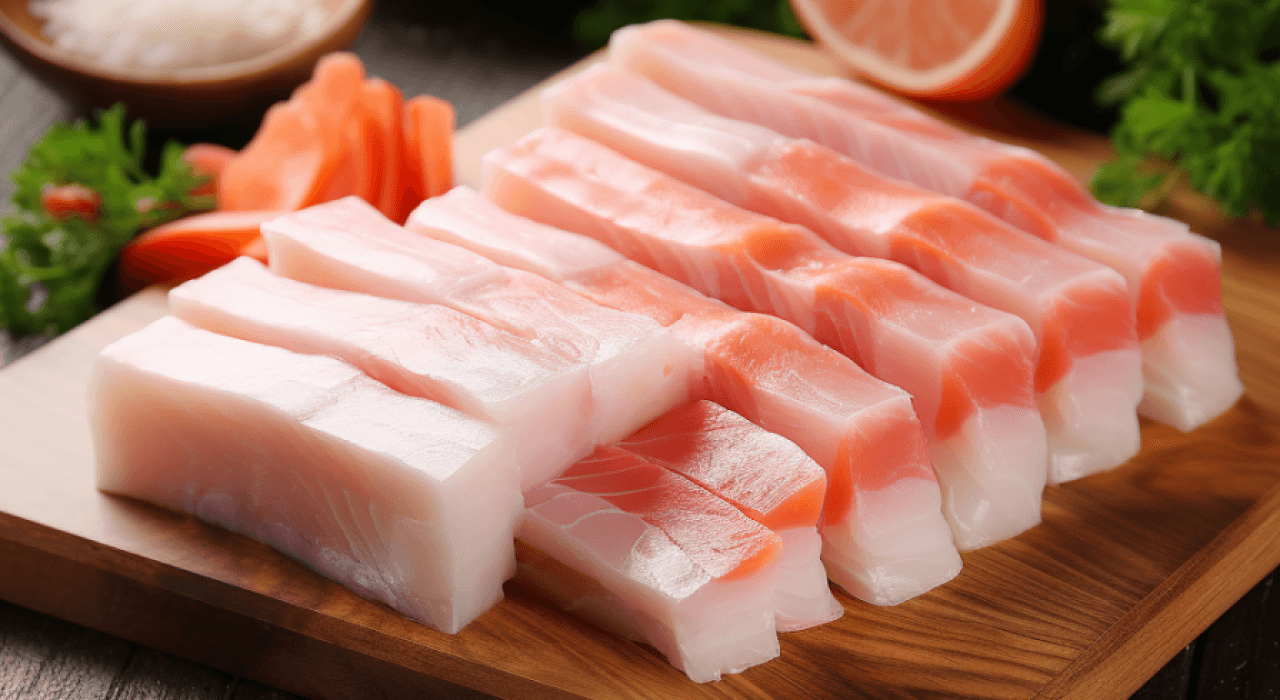
Surimi is indeed a secret whispered in culinary enthusiasts' kitchens. Surimi itself is a culinary master who harmonizes taste, culture, and health from Japan to the world. As new trends and innovations emerge, surimi seafood continues to tickle our palates, inviting us to explore the wide world of cuisine. Cheers to Surimi, where every taste is a revelation and every dish a culinary masterpiece.

Adress: Gajah Mada KM 4, Banyudono, Kaliori, Rembang 59252
Phone Number: +62 822 98989 169
E-mail: marketing@sinarmutiaraabadi.co
